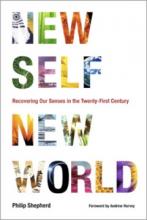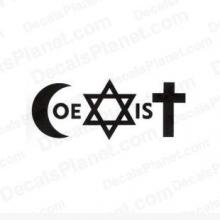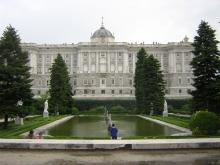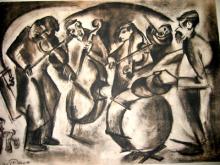American suburbs are white, happy places

Suburbia in America is a relatively new invention. Before the 1920’s, most city dwellers lived within the city limits, most often in an apartment within their ethnic communities. The most affluent people, usually from well established immigrated families, lived in houses within the city. The newer immigrants lived in apartments near other members of their ethnicity in order to enjoy the benefits of ethnic grocers, ethnic charitable organizations, religious organizations, and the like.
By the end of the 20’s and throughout the 1930’s, a move towards heterogeneous white mass culture and the want to own one’s own home increased the popularity of suburbs. Throughout the 20’s, big stations began controlling radio, national distribution houses began distributing movies to identical movie houses, and chain stores began beating out mom and pop places for business with their cheap prices. The Great Depression solidified the idea of white American, and nullified specific white distinctions like Italian, Polish, German, etc… This homogeneity of skin color and ideology increased the want for a place for white people to exist together and apart from the ills of the city. Still, during the 1930’s, building was very slow and very expensive.
In the 1950’s, William Levitt and his assembly-line houses and the G.I. Bill for soldiers returning from WWII revolutionized the housing market and created the modern American suburb. Levitt standardized home building. By making 27 steps to building a home and hiring contractors, Levitt built 10,600 homes on a potato patch in Long Island in three years. Coincidentally, ensuring that Levitt’s homes would have families to buy them, the G.I. Bill following WWII gave returning servicemen the funds to buy a home in a suburb, seeing as there was a housing shortage in cities and no room for expansion within the cities.
Hand in hand with the popularity of suburbs came the idea of isolation from the problems of the city. Before the late 40’s, most Americans didn’t have cars. In the late 40’s to early 50’s, the move to suburbs caused a huge want/need for automobiles, and the number of Americans who owned cars during these years increased 133%. This, coupled with the Highway Act of 1956, which allowed for the construction of highways so that planes could land on them in war time, ensured not only that suburbanites would be living away from the problems of the city, but also that they wouldn’t be commuting with “the problems” either.
The popularity of the automobile and the isolation that highways ensured created the mindset that suburbanites needed their own isolated places to shop, as well. When designing suburbs, planners thought that suburbanites would commute into cities for all of their shopping needs. Instead, as planners of the first shopping mall in Paramus, New Jersey-- only seven miles from Manhattan--learned, suburbanites would shop wherever was most convenient. Paramus’ mall created the model for the modern shopping mall, with its anchor stores and smaller stores, but with many other amenities, such as a hardware store and grocery store, as well. Despite its resemblance to a city shopping district, however, malls were private property and security could keep anyone unwanted person out. City bus lines generally didn’t run to suburban malls.
One of the “problems” that suburbanites wanted to be isolated from, of course, was African Americans. During the 1960’s, white homeowners were nervous about the property values of their homes decreasing when black families would move to their blocks. Many families looked to suburbs like Levittown, where blacks weren’t allowed to buy houses until the late 1960’s, as options to create their isolated white utopias.
By the 1980’s, as political allegiances began to shift, huge numbers of white people would leave the city. In Atlanta, a city with only a black minority in the 50’s and 60’s, shifted to being 2/3 black by 1980, with most white residents living in suburbs, and with only 7,000 white students in a public school system of 110,000 by 1985. Detroit is a similar model to Atlanta and illustrates the consequences of urban white flight—the inner city is predominantly black and poor, with a ring of Eastern and Southern European or “new” immigrants around it, followed by an outer suburb of older white immigrants. The white move to outer suburbs perpetuated a cycle a poverty that didn’t allow for urban renewal in many of the predominantly black inner cities.


 I am a big fan of spring and of water gun fights. But in the United States, we’re not so accustomed to having huge ones with all of our neighbors--and definitely not in the chilly springtime. And most of us have to quit the habit after we’re, oh, 10 or so. Thais are a lot luckier than we are.
I am a big fan of spring and of water gun fights. But in the United States, we’re not so accustomed to having huge ones with all of our neighbors--and definitely not in the chilly springtime. And most of us have to quit the habit after we’re, oh, 10 or so. Thais are a lot luckier than we are.



